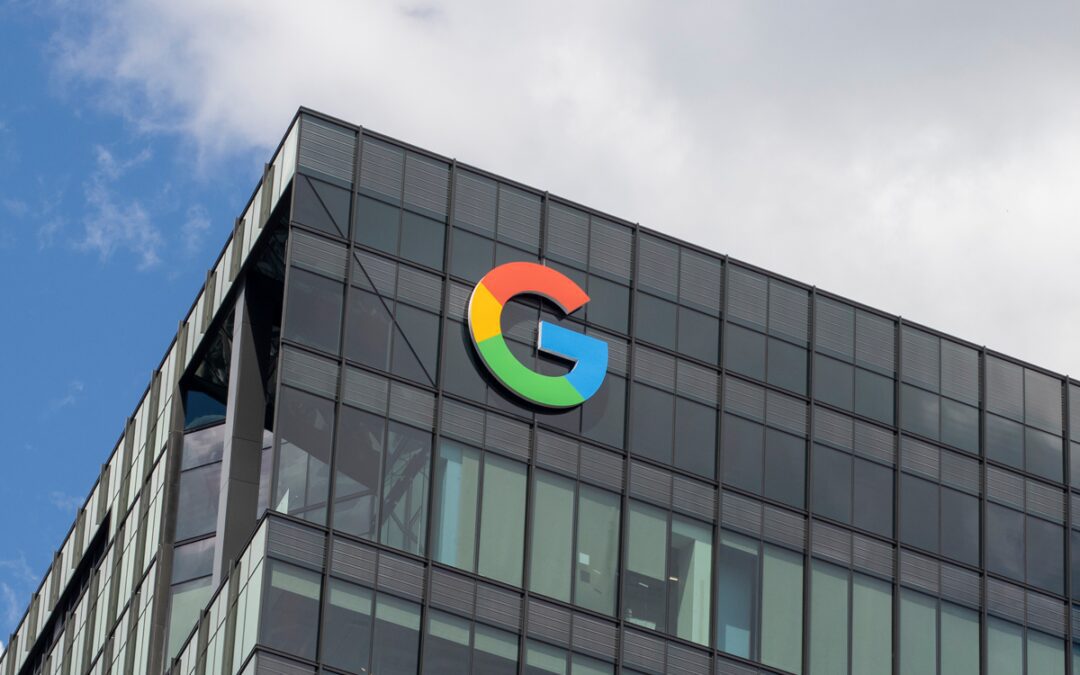As we move deeper into the year, the home services industry is experiencing extensive shifts. Evolving consumer expectations, technological advancements, and economic trends primarily drive these shifts. For CMOs, CEOs, and business owners of mid-sized to large home services companies, understanding these dynamics is crucial. This knowledge helps you stay ahead of the competition and find growth opportunities.
Here are seven essential marketing insights to guide your strategy during the second half of this year.
1. Master Omnichannel Marketing to Drive Customer Acquisition and Retention
We’ve seen firsthand how home services brands that implement cohesive omnichannel marketing strategies outperform their competitors. Data shows that companies with strong omnichannel customer engagement see a 9.5% increase in annual revenue. In contrast, those with weaker methods only see a 3.4% increase, according to Gurus Coach.
Your customers expect seamless, personalized experiences whether they engage via search, social media, phone, or in-person. We suggest using advanced call tracking, retargeting ads, and CRM-driven segmentation. This will help create consistent messaging that nurtures leads and increases their lifetime value. Partnering with a marketing agency skilled in omnichannel orchestration can amplify your brand presence and accelerate revenue growth.
2. Maximize Lead Generation with Strategic SEM Campaigns
Paid search helps home services companies reach customers right when they’re actively looking for solutions. With nearly 180,000 monthly searches for phrases similar to “plumber near me,” competition on Google and Bing is growing. A strong SEM strategy helps your business appear for important service keywords.
The market is getting more competitive. In 2025, 75% of home services businesses saw a rise in cost per click (CPC). Some areas saw significant increases. For example, Pools & Spas and Doors & Window Sales grew by over 46% compared to last year (LocaliQ).
To maximize return on investment, it’s essential to go beyond simply launching ads. Continuous optimization of keyword targeting, ad copy, and bidding strategies is crucial for maintaining visibility and controlling costs.
Advanced audience segmentation and retargeting keeps your brand in the minds of prospects. This is important for those who may not buy on their first visit. As voice search becomes more common, 75% of smart speaker owners use it to find local businesses. Using natural phrases and location-based keywords can help you take advantage of these new opportunities.
To improve your campaign performance, compare it to industry standards. Combine SEM with your overall marketing strategy. This will help you get more qualified leads, lower your cost-per-acquisition, and speed up your sales funnel.
In a busy marketplace, a smart, data-driven SEM strategy is key for home services businesses. This helps to beat local competitors and turn search interest into booked jobs (LocaliQ).
3. Deploy AI-Driven Marketing Automation to Scale Customer Engagement
AI-driven marketing automation is transforming every facet of home services marketing, empowering businesses to scale customer engagement and drive growth with unprecedented efficiency. Smart chatbots now qualify leads, answer customer questions, and schedule appointments 24/7. This ensures that staff don’t miss any opportunities and allows them to focus on more important tasks.
AI-powered email and SMS campaigns change messages and timing based on customer actions. They send personalized follow-ups and seasonal reminders helping to nurture leads and increase repeat business.
AI is exceptional at predictive analytics. It analyzes large datasets to predict demand. It can also find the best times for service offers. Additionally, it can anticipate when a customer might need maintenance or repairs (source: LinkedIn).
Automated lead scoring helps find the best prospects. This way, your sales team can focus on what matters most. AI also optimizes ad campaigns in real time, adjusting bids, creative, and targeting to maximize ROI across digital channels.
In content marketing and SEO, AI tools look at search trends and competitor strategies. They help home service companies make great content that ranks well and connects with customers.
Social media automation helps you post regularly and on time. This keeps your brand in the minds of local communities (LinkedIn). Even voice search and interactive AI are making customer interactions more natural and accessible to enhance the customer journey.
Home services marketing can use AI in lead generation, customer service, and campaign management, helping to respond faster. They can also get higher conversion rates and offer a more personalized experience for each customer. This result is in a smarter, more agile business ready to thrive in the evolving home services landscape.
4. Optimize Digital Payment and Booking Funnels to Reduce Friction
In 2025, the customer journey for home services is mainly online. Customers expect convenience in the current environment. Homeowners want the ability to schedule appointments online, view transparent pricing, and pay securely ideally from wherever they are. For marketers, this change means that booking and payment are now key parts of a brand’s value.
Media and marketing strategies play a central role in driving users to these digital funnels. Paid search and social ads can assist in targeting landing pages. These pages focus on instant booking and upfront quotes. This approach meets the main needs of today’s consumers (source: BDR).
A good website design and user experience are very important for brands. More than half of people looking for home services start their search on their phones (source: Invoca).
Marketing analytics can help find where potential customers leave during booking or payment. This allows for ongoing improvements in targeting and messaging for campaigns. Promoting features like “book now, pay online” or “instant quote” in ads and content can boost engagement and conversion rates.
The most successful home services brands connect their marketing with a smooth digital experience. They use media to show convenience, transparency, and security. They also use data to improve every step of the customer journey.
5. Harness Big Data and Analytics for Smarter Marketing
Data-driven insights are vital for understanding customer behavior, predicting market demand, and optimizing pricing strategies. With knowledge of customer behavior and marketing trends, businesses can better understand what influences their clients’ choices.
This data-driven method helps create better marketing campaigns. Analytics also help optimize pricing strategies, ensuring services remain competitive while protecting profit margins.
Using insightful data allows for personalized marketing that targets different customer groups. This leads to better engagement, higher conversion rates, and improved ROI. Embracing these tools is essential for any home services brand aiming to stay ahead in a rapidly evolving marketplace.
6. Strengthen Local Marketing and Community Engagement with Modern OOH Strategies
In 2025, local marketing for home services is changing. New Out-of-Home (OOH) strategies mix old methods with new digital and interactive technologies.
Digital billboards, transit ads, and interactive street furniture let brands send targeted messages. These messages grab attention in the neighborhoods they serve. The incorporation of QR codes, NFC, and augmented reality into out-of-home (OOH) ads connects offline experiences with online engagement. This allows customers to interact instantly and provides clear, trackable results.
Activities like pop-up demos or branded community events create genuine connections to establish your business as a trusted partner in the local community. Collaborating with local influencers and creators can further amplify your reach and credibility, turning advertisements into genuine community conversations.
For home services brands, the best local marketing strategies combine outdoor tactics with a strong online presence. They also focus on engaging with the community. This integrated approach builds trust and visibility. It also creates high-quality leads and lasting brand loyalty in your service areas.
7. Strategically allocate your marketing budget.
Allocating your marketing budget strategically is the cornerstone of sustainable growth for home services this year. Experts suggest spending 7–10% of your yearly revenue on marketing. This helps your business stay visible and competitive in a crowded market (source: LinkedIn). The smartest approach is a balanced mix with continuous measurement, testing and optimizations.
But don’t just set and forget—define clear, measurable goals such as boosting website traffic by 25% or increasing online reviews by 30%. These targets keep your spending focused on results, not just activity.
Keep analyzing which channels bring the best leads and change your allocations based on this information. Use real-time data to improve your strategy. A well-planned, goal-oriented budget isn’t just a recommendation, it’s your competitive edge in today’s market.
Your Roadmap to Home Services Marketing Success in 2025
As the home services landscape rapidly evolves, staying ahead means embracing innovation, leveraging data, and building authentic local connections. We’ve shared tips from omnichannel strategies and AI-driven automation to modern OOH tactics and smart budget allocation. These are all designed to help CMOs, CEOs, and owners navigate market complexities for the remainder of the year.
You’ll increase your visibility and leads as well as foster lasting customer loyalty and drive measurable growth. The future belongs to those who adapt. Take these insights, refine your strategy, and lead your business to new heights this year and beyond.






